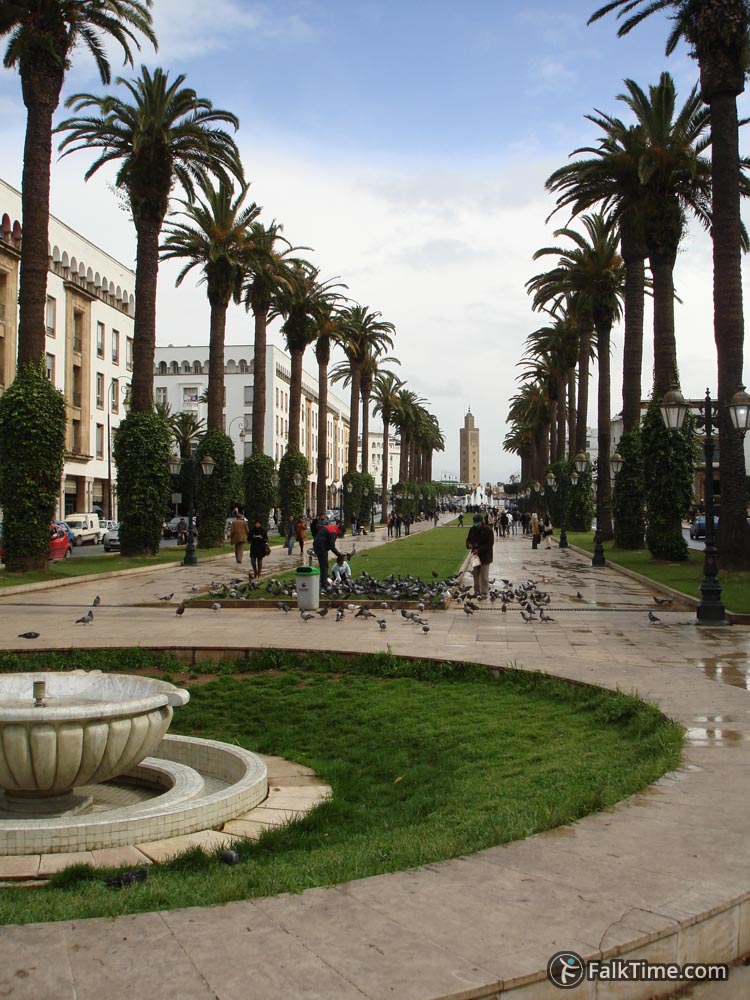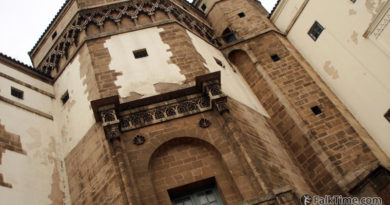History of Morocco in brief
The territory of Morocco had been inhabited since Lower Paleolithic Age (0,7 – 0,5 million years BC). The oldest written documents relate to the Phoenicians. Since 8th century the Phoenicians were developing their settlements (Chellah, Mogador etc).
Later the territory became an ancient realm of Berber. In 42 BC the realm was included in the Roman Empire. 3d century AD gave a start to spreading of Christianity here. In 5th century AD the area was conquered by the Vandals.
The next Empire to possess Moroccan land was the Byzantine Empire. Its control was becoming weaker due insurrections of Berber tribes and had finished with the Muslim conquest in the end of 7th century AD. Muslims brought Islam to Morocco.

In 789 AD the first Muslim state was founded by the Idrisids with the capital in Fez. As the Idrisid rulers began to lose their power the kingdom started to fall apart.
Due to internal wars dynasties began to replace each other:
- 9-11 centuries AD – the Fatimids. The north of Morocco belonged to the Caliphate of Cordoba.
- 11-12 centuries AD – the Almoravids. They moved the capital to Marrakesh and conquered a big part of Spanish Muslim regions.
- 12-13 centuries AD – the Almohads. Their capital was Rabat.
- 13-15 centuries AD – the Marinids. These rulers moved the capital back to Fez.
- 15-16 centuries AD – the Wattasids (dynasty of the same descent as the Marinids). Southern Spain was freed from all Muslim conquerors: Morocco had lost Spanish territories.
- 16-17 centuries AD – the Saadians. The «Golden Age» of Morocco. Sharifs took under control all the salt and gold trade across Sahara desert and all Moroccan ports that were used by Portuguese since 15th century AD.
- 17th century AD till present day – the Alaouites.
Alaouite dynasty
In 1672 Sultan Moulay Ismail moved the capital to a small military settlement Meknes and started to turn it to a wealthy city. After his death in 1727 the capital was moved back to Fez.
In 17-19 centuries Morocco got a fame of a pirate state: the area of Sale and Rabat even became an autonomous republic of pirates. However it didn’t affect Moroccan wish to establish diplomatic relations with Russia and America. In 1777 Morocco was the first state to recognize the independence of the USA and the same year the sultan of Morocco offered a trading agreement with the Russian Empire.
Since the middle of 19th century and until the beginning of 20th century Morocco appeared to be under threat of colonization. There were 4 countries to quarrel over its territory: France, Spain, the German Empire and the United Kingdom of GB and Northern Ireland.
In 1912 Moroccan Sultan signed a treaty establishing French protectorate over the most parts of country. Soon after the establishment Hubert Lyautey (the chief of French administration) asked Sultan to move the capital to Rabat. There were too many Berber uprisings around Fez.

That time the north of Morocco was a Spanish protectorate with the capital in Tetouan. In 1927 Russian emigrants founded an Orthodox church in Rabat that is considered to be today the oldest operational Orthodox church in Africa.
After years of rebellions France and Spain finally ceded their protectorates in 1956 to Mohammed V (the grandfather of the present King of Morocco). After his death in 1961 his son, Hassan II, became the King. He had built the worlds highest religious building and the one of the most remarkable sights in Morocco – the mosque in Casablanca. Present-day King, Mohammed VI, had undergone inauguration in 1999 after the death of his father.

An interesting fact
A close link has been discovered between Berbers and Saami during the studies of mitochondrial DNA. Saami people are a northern folk that inhabits Lapland (northern territories of Norway, Sweden, Finland and Russia).




